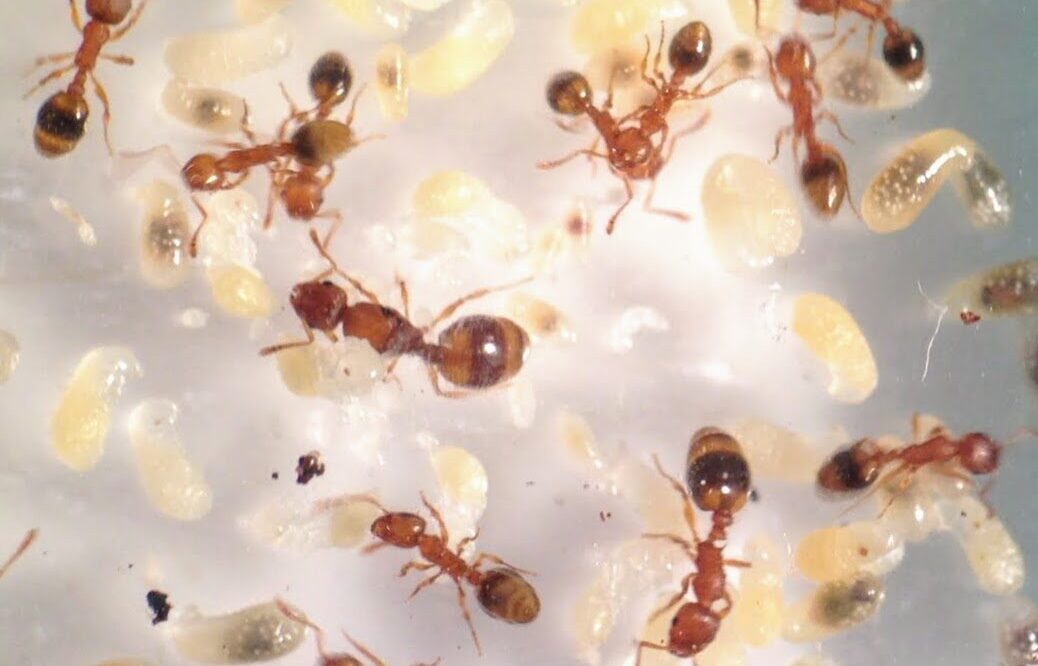Cities can be used as in situ replicates to assess the responses of organisms to environmental changes, such as increased heat or pollution. Community-level studies and more rarely population-level studies have been conducted, but they are not often based on multiple city replicates, thus preventing generalization.
Our study tested whether colonies of the ant Temnothorax nylanderi from forest and urban populations exhibit distinct responses to pollution. Because this is a social species, we could also test whether social traits (colony size and mean size of adult workers) affected the response of colonies to urbanization.
We collected colonies from four pairs of forest and urban habitats and reared them in the laboratory under normal or cadmium-supplemented diets. We then measured the emergence rate and size of newly-produced workers as well as the mortality rate of adult workers.
In all four forest/city replicates, urban colonies were less negatively affected by cadmium than forest colonies for emergence rate and size of newly-produced workers, but not for mortality rate of adult workers. We did not find any correlation between social traits and cadmium resistance, in contrast with what was found in other eusocial insects. We discuss the potential adaptive nature of this differential response.
Key-words : Urbanization, common garden, cadmium resistance, heat, stress, social insects
Membre(s) d’iEES Paris collaborant dans cette actualité :
Lauren Jacquier, Mathieu Molet, Romain Peronnet, Claire Tirard
Contact :
Jacquier Lauren, doctorante SU
Référence de la publication :
Jacquier, L., Doums, C., Four-Chaboussant, A. et al. Urban colonies are more resistant to a trace metal than their forest counterparts in the ant Temnothorax nylanderi. Urban Ecosyst (2020). https://doi.org/10.1007/s11252-020-01060-9






